Fire pits have been prominent in many different cultures for centuries. They are famous for backyard fire pit parties for friends and family who want to sit around the campfire and roast marshmallows. What to do with the ashes after that perfect hangout?
Sure, you could leave them where they are. However, what about that garden of yours that needs immediate rejuvenation. Many gardeners use their fireplace ashes for several purposes in the yard.
It is a great way to recycle and reuse something you usually throw away. Let us look at some ingenious ways to use that fire ash.
Using Fire Pit Ashes in Seed Starting
Spring has finally sprung, and the planting season is just around the corner. Listen up if you’re looking forward to getting your hands dirty in the garden but dread all that pesky shoveling and tilling required before sowing your seeds.
We’ve got a nifty little solution for you: pyrolyzed ash.
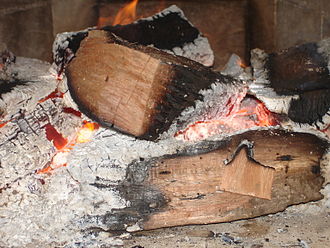
The fire pit ashes have several benefits when used to add to seed starting soil. They provide a small amount of fertility and microfauna, promote root growth, reduce disease risk, and eliminate the need for multiple starter trays.
So, what’s so great about fire pit ashes?
(1) They aid in seed germination by providing microscopic organisms that break down organic matter into soil nutrients. This fertility burns into the soil particles, making it available to your seeds when they sprout.
(2) The ash fixes the pH of the soil, making it more alkaline. It is perfect for seeding grass seeds and growing vegetables in a garden where acidity or erosion are concerns.
(3 The ash primarily inhibits weed growth. Unlike most soils with very high levels of weed seeds, fire pit ashes have deficient levels of weed seeds. The ash also limits the root growth of many weeds.
(4) The addition of fire pit ash increases the organic matter in the soil and the number of organic nutrients available to your seeds and seedlings. When one adds more organic matter to the ground, they make it easier for their plants to grow. More food is available to your plants. Using ashes in seed starting makes plants more drought resistant when compared to seeds sown directly into the soil.
(5) Firepit ashes have the added benefit of turning into compost after a few years.
(6) The soil created with fire pit ash is much more stable over time because of the large amount of organic matter. The wet soils are more prone to erosion and wind-blown dust than dry soils formed without added ash.
(7) The ashes also contain a deficient level of salts and sulfur compounds that are great for preventing diseases in the seedlings. The ash also leaves behind dark, moist soil, which is excellent for growing roots.
If you’re planning to incorporate natural gardening methods into your garden without adding chemicals to the soil, using fire pit ashes in seed starting could be just what you need.
Boosting Your Compost
Fire ashes contain potassium, calcium, magnesium, sulfur, and silicon, all useful nutrient sources for plants. These nutrients will help your garden be a healthier and more productive place for you.
Fire ashes also help prepare compost piles for decomposition. The heating process allows the organic matter to break down faster and prepare it for the garden. Calcium is a crucial ingredient during this decomposition process.
Calcium is needed to bind organic matter together and reduce the nutrient value, oxygen, and water availability in your compost pile. It is essential in supplying plants with the proper nutrients and aiding plant growth.
So what can be done with these ashes?
The most common type of fire ash used for composting is composted manure. Compost is just accumulated organic matter from your home or from a backyard or garden where you have a compost pile.
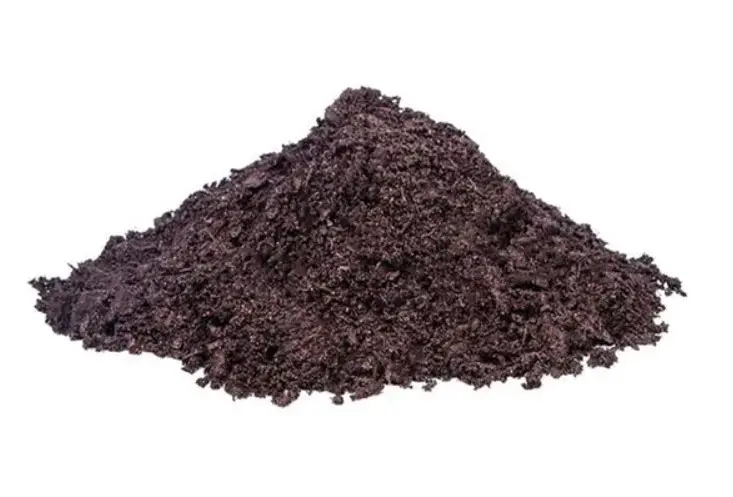
We use organic matter to top-dress or fertilize. Using the ash weekly will help increase your nitrogen levels.
Nitrogen is the fertilizer that helps with healthy and green plants.
We can use the ashes to make a tea that you add to your compost pile by mixing one part of organic matter, such as leaves, with two parts of water and then adding some of your ashes.
For best results, use the same amount of ashes and organic matter as you would be able to use in your compost pile. Tea made with fire ash is an excellent addition to your garden because it helps in breakdown and decomposition.
Adding fire ashes to your compost pile can also remove the binding properties of the clay in manure that does not break down enough to be used for composting.
Ash from fire pits can be mixed with manure to make a more fertile compost that can break down an even faster and better. This mix will also retain moisture and be better able to decompose faster.
Bust Blossom End Rot
Blossom end rot is a common disorder caused by weather, lack of calcium, or disease. It appears as a brown or black spot on the bottom end of the fruit.
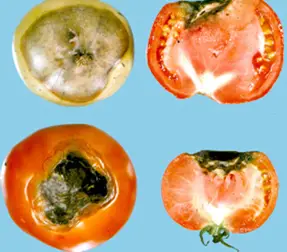
Ashes from a fireplace provide nutrients and beneficial microbes. They also have antifungal agents that help preserve plants against fungal diseases like blossom end rot by preventing excess moisture on leaves and flowers.
Keeping Bears Out of Your Compost Pile
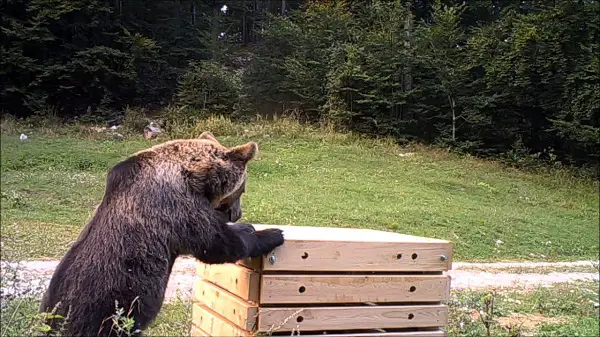
Bears get attracted by the scent of your waste and will often dig up your compost pile. If you live in bear country and want to avoid attracting bears to your yard, dump your ashes from your campfire in the center of an open patch of soil and turn it over.
The bear will try to dig up your compost pile, but he’ll find nothing. His snout will most likely hit solid clay or dense soil, which will make him think twice about digging again. He’ll go back to his food and forget about your compost when he gives up.
Stopping Snails and Slugs in Their Tracks
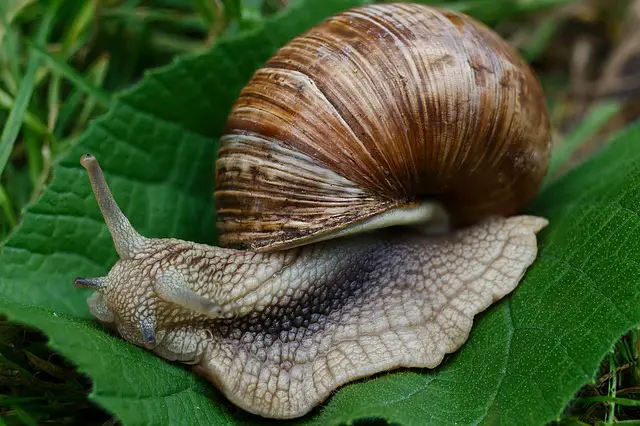
Even if you’re not building your garden from scratch, snails and slugs can still be a problem. If you live on the coast where salt levels are high, these pests will make their way onto your property and wreak havoc.
Ashes from a fire pit mixed with water can repel these slimy critters in their tracks. It’s an organic solution to a damaging problem. Snails and slugs leave the area once they sense the odor of ashes.
Powder Your Pets
If you’re thinking of a way to incorporate this free fertilizer, your best friend may be able to use it as a natural pest repellent.
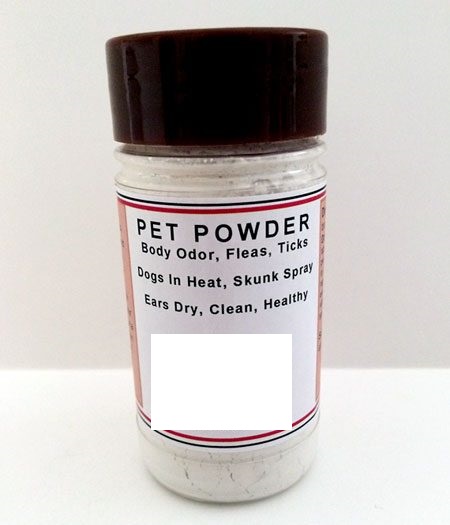
You can add a little sprinkle of the ashes to their food or mix them into their bedding. The safest route is adding them as a powder to their bedding.
Dust your pets for fleas and ticks, or use a cotton ball to brush their bedding so they can take care of the pesky pests themselves.
Avoid the use of insecticides and medications if you decide to add ashes to your pet’s diet.
It’s best to wait at least a day before caring for your pets to absorb the residue into their system and not end up on surfaces in your home.
Note: We do NOT recommend the consumption of wood ashes. Any consumption citation is for informational purposes only. Reader discretion is advised.
Save Crops from Frost Damage
You are probably concerned about protecting the crops you’ve grown in the garden from the cold and harsh weather during winter. No matter where you are, there are a few things you want to keep in mind when trying to protect your plants from frost damage.
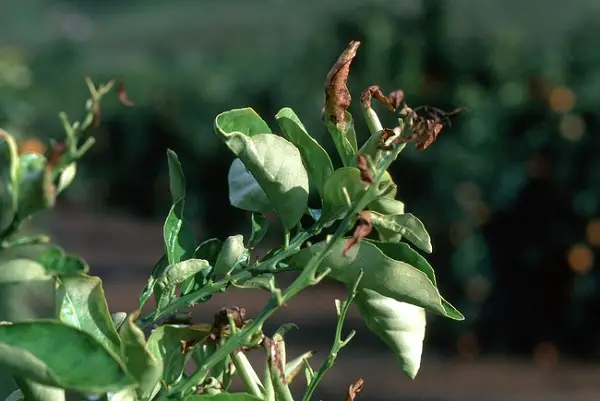
The first would be to ensure that your plants are well established and healthy since frost damage is most likely to occur with newly planted crops.
The second would be that your garden soil has enough organic material in it so that the plants can get the nutrients they need through the winter without being fertilized at least once in the fall and once in the spring.
Adding ashes to your garden will provide both of these for you with one easy mixture. The tiny nutrients will help keep your plants healthy, while the organic material of the ash provides nutrition during the winter months.
Using As Cat Litter
You can use ashes from a fire pit as a natural alternative to chemical-based cat litter.
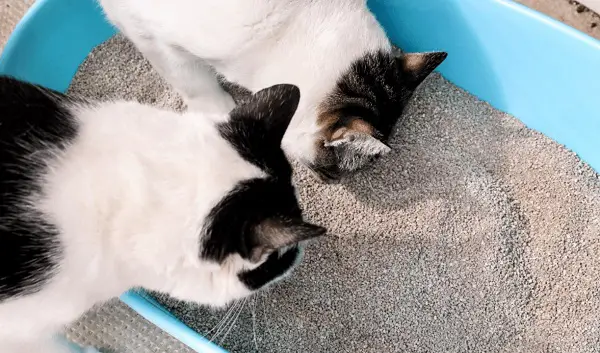
Fill the grate with ash and cover it with three inches of sawdust or wood shavings. Replace every two weeks; add more ash if needed. When emptying, hose down the ash before adding new sawdust or wood shaves.
Remember to hose off the ash before putting it in your compost pile. To keep your pets from ingesting the ashes, sprinkle cat litter over them and let the ashes dry for at least a day before covering them with cat litter.
Final Thoughts
I hope you’ve realized the numerous uses for that ash from your firepit. After your next firepit party, be sure to make good use of the remaining ashes.
Enjoy your gardening experience, and check out our other informative articles available on our page.
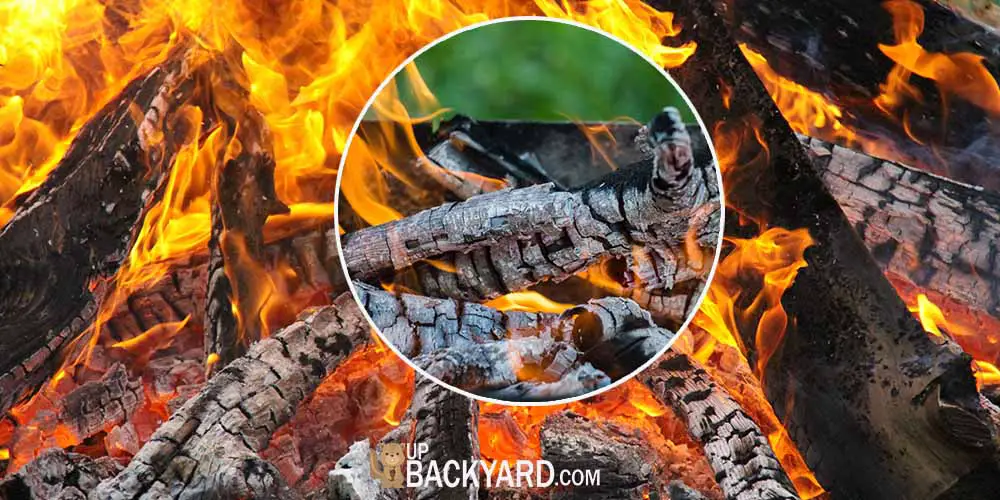
1 thought on “What To Do With Ashes From a Fire Pit – (8 Practical Uses For Ashes)”